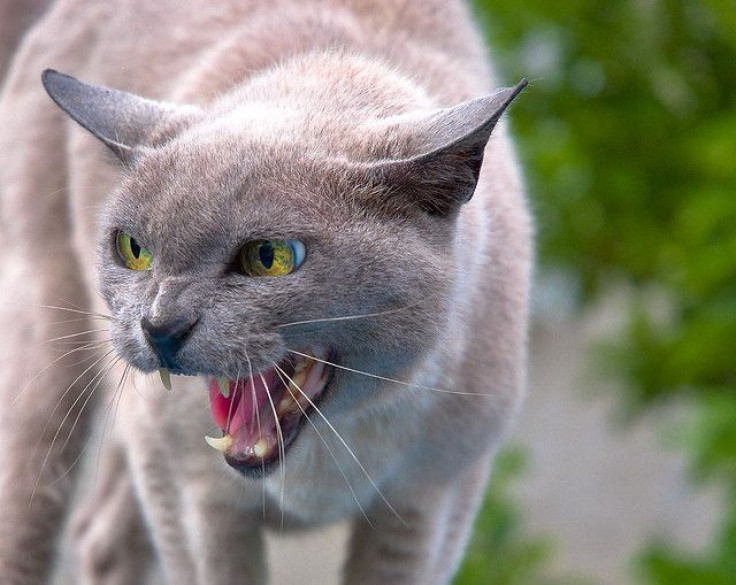Feline Friends Are Dangerous For Your Health

Cats are known to be independent, low maintenance and calm creatures. However, in the United Kingdom cats are posing a severe health threat, infecting 350,000 individuals with the parasite Toxoplasma gondii.
Toxoplasma is a single-celled parasite. It causes a disease called toxoplasmosis, a common disease among 10 to 20 percent of the U.K.'s population. Many individuals who contract the parasite are not in any immediate threat, but the impact can be fatal to women who are pregnant and individuals who have immune deficiencies.
According to the American Society for the Prevention of Cruelty to Animals (ASPCA), cats become infected with toxoplasma by killing or eating an infected prey, such as wild animals. It may also contract the disease by coming in contact with an infected cat's feces.
Individuals can contract toxoplasma by cleaning an infected cat's liter, when the cat has shed toxoplasma in its feces or by touching or swallowing anything that has come in contact with an infected cat's feces.
Dr. Glenn McConkey from the University of Leeds' Faculty of Biological Sciences found a link between severe mental disorders such as schizophrenia and the parasite that is spread by cats. Studies in 2009 and more extensive studies conducted in 2011, provided essential genetic evidence that the parasite may affect the production of dopamine in the brain. The interference of dopamine is believed to be linked to a variety of human psychological issues.
Due to the fatal health concerns linked to toxoplasma, The Food Standards Agency's (FSA) Advisory Committee on the Microbiological Safety of Food (ACMSF) advises on additional research into the routes toxoplasma transmission and identification of the risks of infection.
The Centers for Disease Control and Prevention reports most people who are infected by this parasite are not aware. Individuals may experience "flu" like symptoms with swollen lymph glands or muscle aches and pains for more than one month. Other symptoms to be aware of are reduced vision, blurred vision, pain due to bright lights, redness of the eye and sometimes tearing.



























